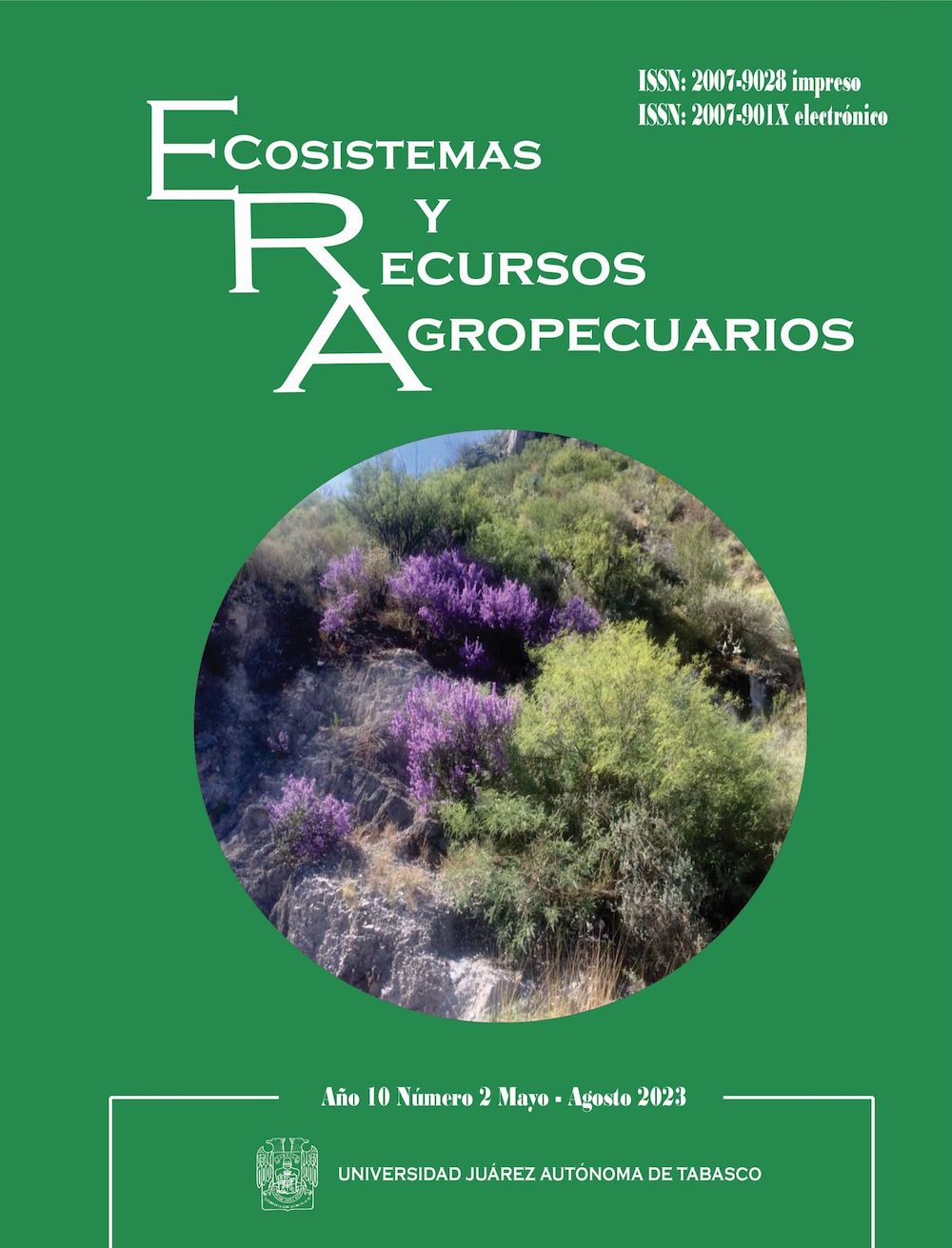Biocultural diversity linked to maize landraces of Puebla state, Mexico
DOI:
https://doi.org/10.19136/era.a10n2.3430Keywords:
agrobiodiversity, data mining, indigenous communities, landrace diversity, peasantsAbstract
Although the theoretical- methodological advance in biocultural approaches to conservation, the reductionist vision about the biological and cultural diversity studies prevails. Maize, iconic biocultural heritage of Mexico, is an emblematic case of this problem. In this regard, I analyzed the diversity of maize landraces through biocultural approach based on a suitable database. The research was carried out in Puebla, Mexico, an important center of early Mesoamerican agriculture and maize domestication. I implemented a data mining analysis in which two database was joined together, that of indigenous maize from the CONABIO 2017 and that of native languages spoken in Mexico from the INPI 2008. This procedure was implemented to assess the richness and composition of native maize landraces under management by indigenous communities and peasant (region without indigenous communities). In contrast with the peasant communities, the number of maize landraces was significantly higher and different in indigenous communities. Moreover, indigenous communities present higher probabilities to find more maize landraces than peasant communities. Although the relevance of indigenous communities regarding the management of maize landraces, peasant communities complement and enrich this emblematic biocultural heritage.
Downloads
Downloads
Published
Issue
Section
License
Copyright (c) 2023 Ecosistemas y Recursos Agropecuarios

This work is licensed under a Creative Commons Attribution-NonCommercial-ShareAlike 4.0 International License.
Aviso de copyright
Los autores que se envían a esta revista aceptan los siguientes términos:
una. Los autores conservan los derechos de autor y garantizan a la revista el derecho a ser la primera publicación del trabajo con una licencia de atribución de Creative Commons que permite a otros compartir el trabajo con un reconocimiento de la autoría del trabajo y la publicación inicial en esta revista.
B. Los autores pueden establecer acuerdos complementarios separados para la distribución no exclusiva de la versión del trabajo publicado en la revista (por ejemplo, en un repositorio institucional o publicarlo en un libro), con un reconocimiento de su publicación inicial en esta revista.
C. Se permite y se anima a los autores a difundir su trabajo electrónicamente (por ejemplo, en repositorios institucionales o en su propio sitio web) antes y durante el proceso de envío, ya que puede conducir a intercambios productivos, así como a una cita más temprana y más extensa del trabajo publicado. (Consulte El efecto del acceso abierto).


